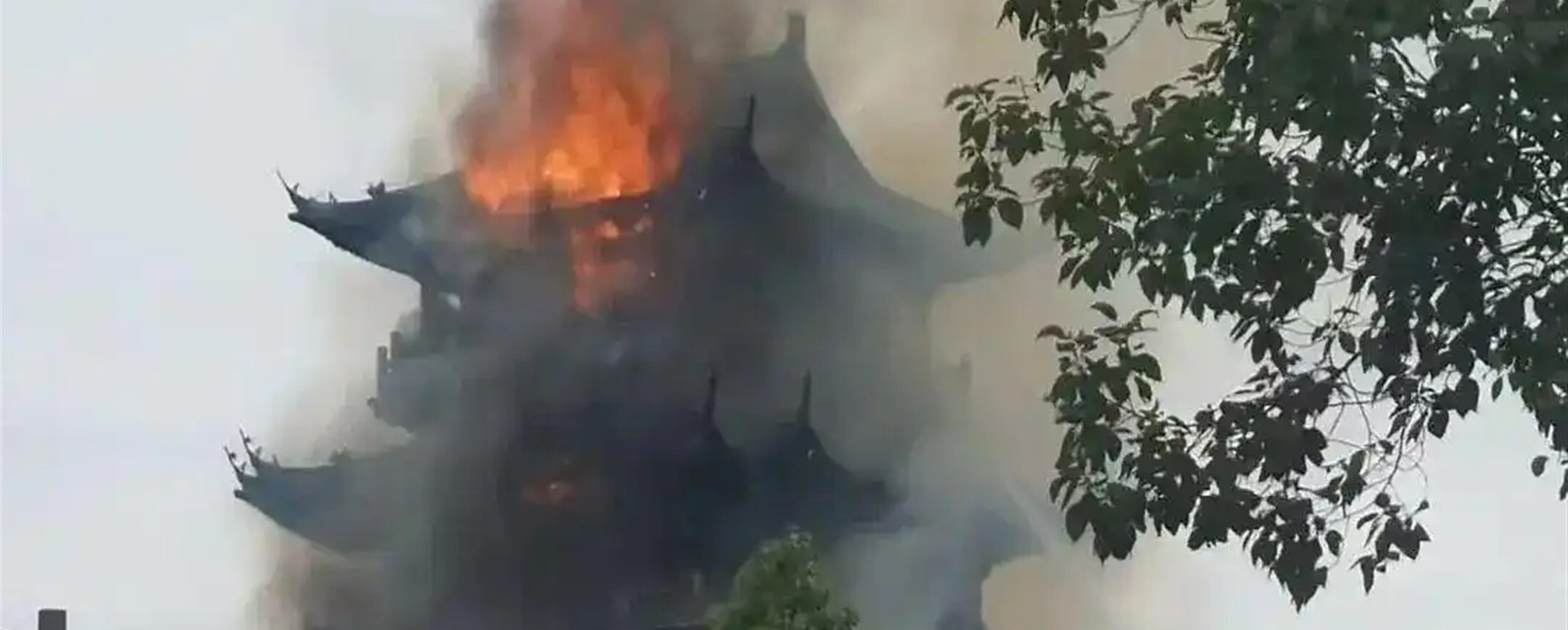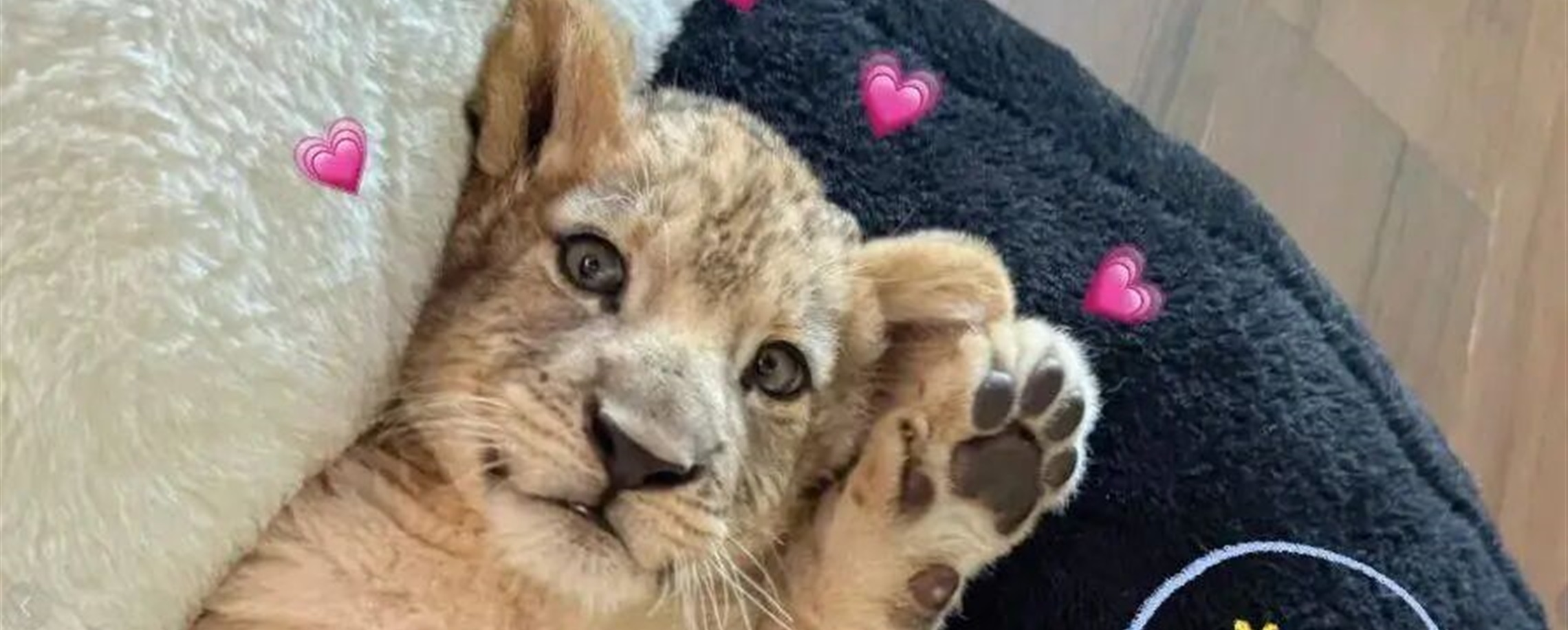Traditional Mongolian throat singing echoes across generations
Editor's note:
The United Nations has officially designated 44 Chinese traditions as world cultural heritage. This series examines how each of them defines what it means to be Chinese.

In the Inner Mongolia Autonomous Region and parts of west China, a traditional form of singing enables one person to produce multiple tones at the same time.
This is Khoomei, also called Hooliin Chor or "throat harmony." In 2009, the United Nations Educational, Scientific and Cultural Organization (UNESCO) added it to its Representative List of the Intangible Cultural Heritage of Humanity.
Khoomei allows one singer to produce a low drone and one or more whistle‑like overtones simultaneously. Singers shape their mouth and tongue while keeping tension in the throat to bring out these harmonics. A listener may hear something like a cello and piccolo singing together.
Khoomei's roots can be traced to shamanic imitation of birds, rivers, wind and mountains. It likely began more than 1,000 years ago in the Altai region of central Asia. The word Khoomei refers to the pharynx, highlighting the throat‑based vocal technique.
There are two main styles: Kharkhiraa, or the deep, growl‑like tone beneath the drone, and Isgeree, or whistled Khoomei, with high, flute‑like harmonics above the drone.
Traditionally, Khoomei is tied to sacred rituals and communal life. Singers perform at horse races, archery contests, wrestling festivals, ancestral rites and large banquets. Songs express respect for nature, ancestors and heroes.
In nomadic communities, singers sometimes perform at dusk to calm animals. The low vibrations soothe nervous horses before herders take them to pasture.
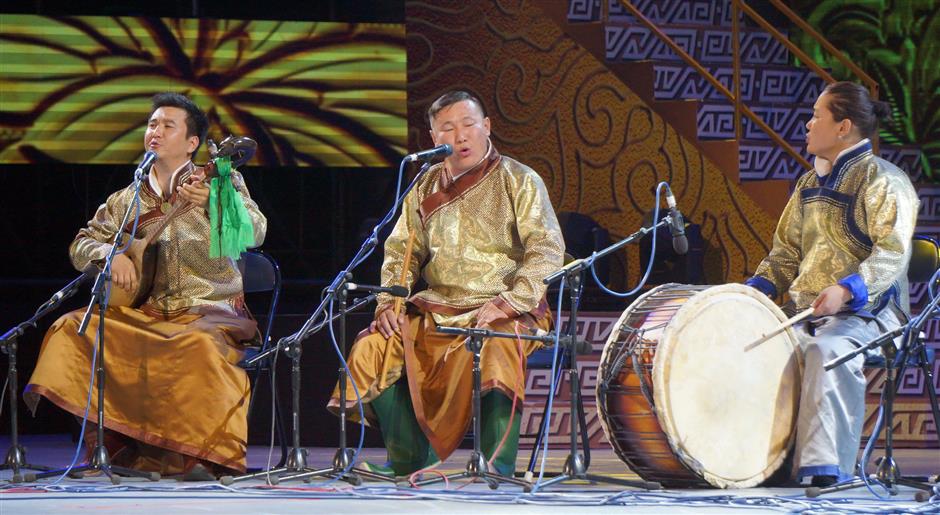
Today, Khoomei is practiced by ethnic Mongolians in north China's Inner Mongolia, west Mongolia and Russia's Tuva Republic. UNESCO notes it serves as a cultural window linking these regions and promoting cross‑border understanding.
In the 20th century, Khoomei nearly vanished in China. The revival began in the 1990s. Mongolian masters such as Odsuren Baatar were invited to teach singers in Inner Mongolia and help establish formal training.
By 2006, China declared Khoomei a National Intangible Cultural Heritage. In 2011, Baatar founded the Odsuren Khoomei School in Hohhot, capital of Inner Mongolia. It has since trained hundreds of students from around the world.
In recent years, young performers have taken up Khoomei. The skill attracted global attention again in early 2025, when Halamuji, a 26‑year‑old artist from Bayannur in Inner Mongolia, performed Khoomei in the animation blockbuster "Ne Zha 2."
By June 30, the Chinese movie had grossed more than 15.9 billion yuan (US$2.2 billion) worldwide, ranking fifth on the all-time global box-office chart.
"The challenge with Khoomei is that it's abstract — you can't touch or see it," Halamuji told People's Daily.
"It requires intuition and practice. Unlike other instruments, there are no fixed steps. Teachers guide you, but you have to find your own way," he added.
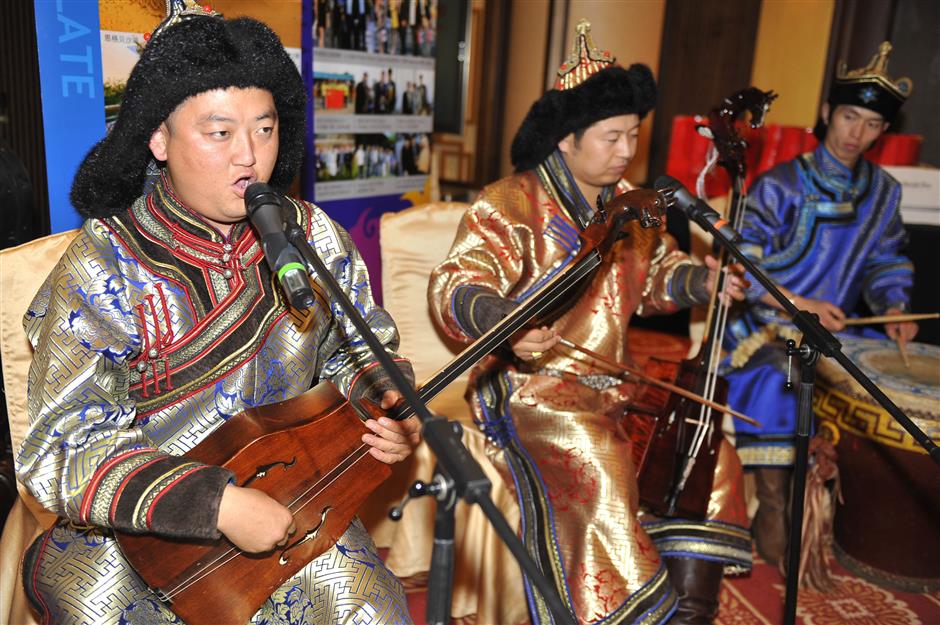
His father, a silversmith, shared a deep appreciation for traditional arts, which sparked Halamuji's early interest in music. At age 8, his father hired a teacher to introduce him to the horsehead fiddle.
A turning point came in 2010 when Halamuji attended an opera house performance, where an actor used Khoomei to sing a traditional Tuvan song.
The fusion of deep, rough tones and high, whistling overtones left a lasting impression. After middle school, he applied to the affiliated high school of Inner Mongolia Arts University, which offers a dedicated program in Khoomei.
Some music groups have even brought Khoomei into world music genres. The Beijing‑based band Hanggai includes members from Inner Mongolia and Beijing. Vocalist Bagen uses Khoomei in songs that blend folk, jazz and rock.
The band's founder Ilchi said many ethnic Mongolians have moved to cities and lost touch with their heritage, and the band's music helps them reconnect with their culture.
"The music of Khoomei and the horsehead fiddle carries the herders' reverence for nature and their struggle to live with it. It's more than just a sound — it's an honest expression of life on the land," said Ilchi.
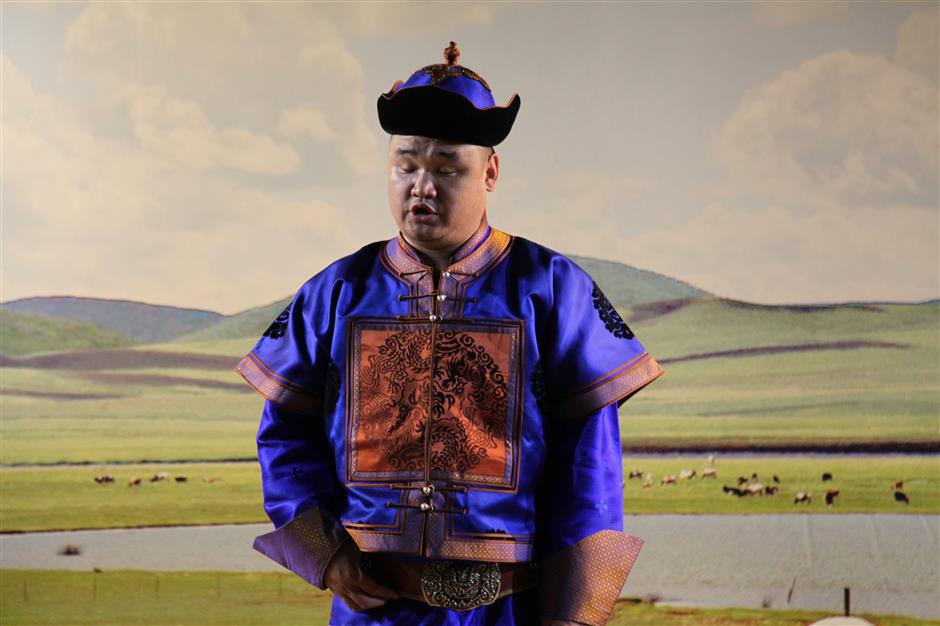
In 2007, Hanggai released their debut album, "Introducing Hanggai," which gained international recognition. The album was distributed in the United Kingdom and praised by The Guardian and The New York Times.
Soon after, the band was invited to perform at major music festivals across Europe, including in Sweden, Germany, Denmark and Italy.
In 2010, their album "He Who Travels Far" was named one of the Top 10 World Music Albums of the Year by the British magazine MOJO.
Dutch researcher Mark van Tongeren, author of "Overtone Singing: Harmonic Dimensions of the Human Voice," describes Khoomei as deeply rooted in the landscape.
"There is a timeless, eternal quality in the sounds," he wrote. "They could be echoes of bygone ages, but equally well provide the sonic background in a documentary on the latest accomplishments in space travel."
UNESCO states Khoomei remains a central symbol of Mongolian identity. The practice reflects Mongolian philosophy and respect for nature and ancestral connection. It fosters friendship among China, Mongolia and Russia and invites appreciation from around the world.




In Case You Missed It...







